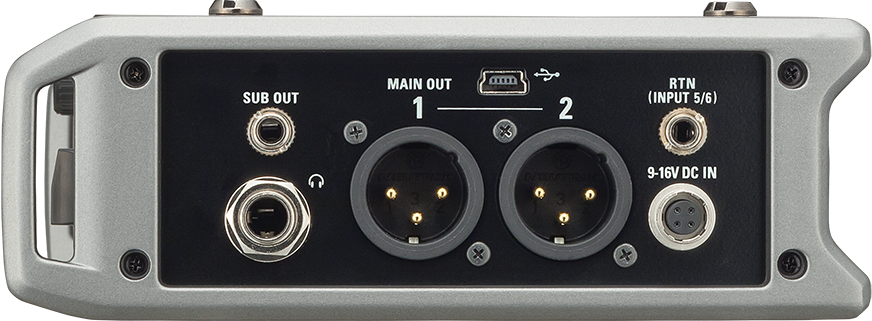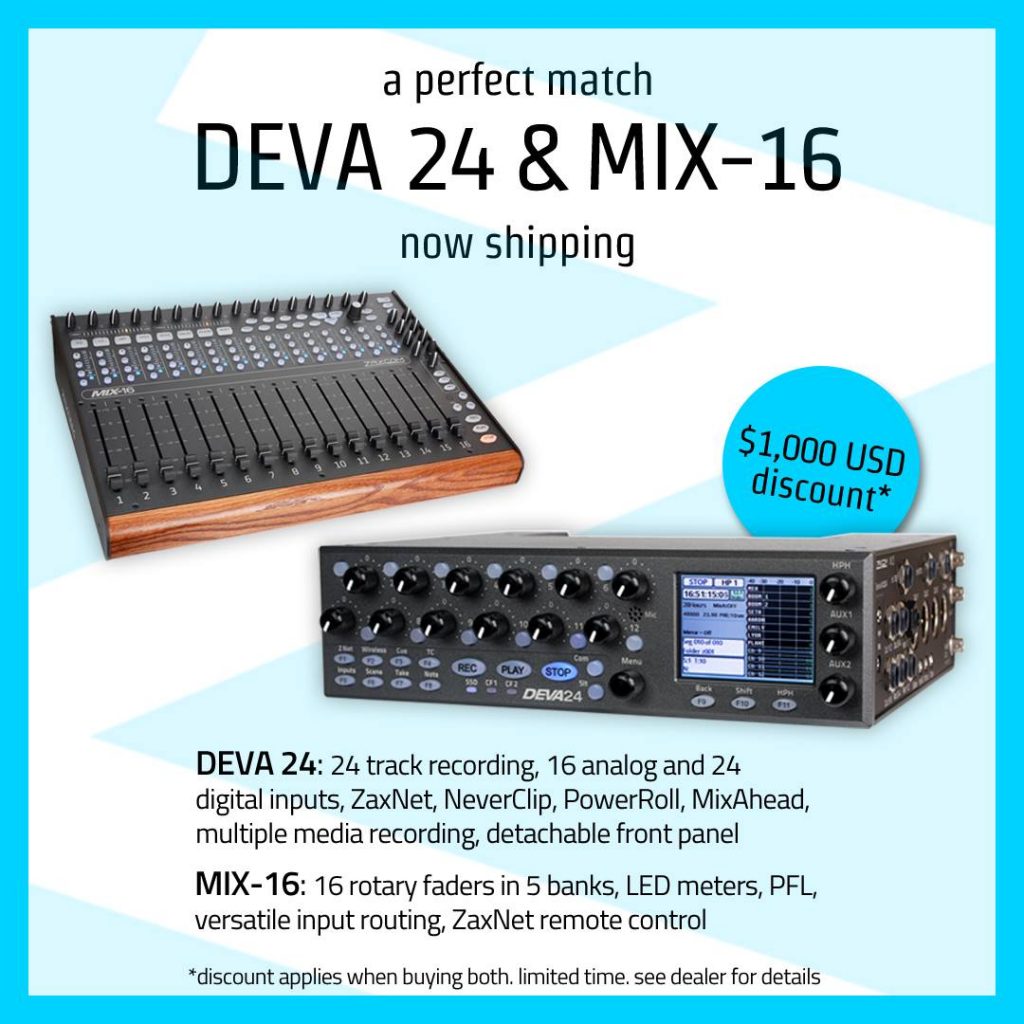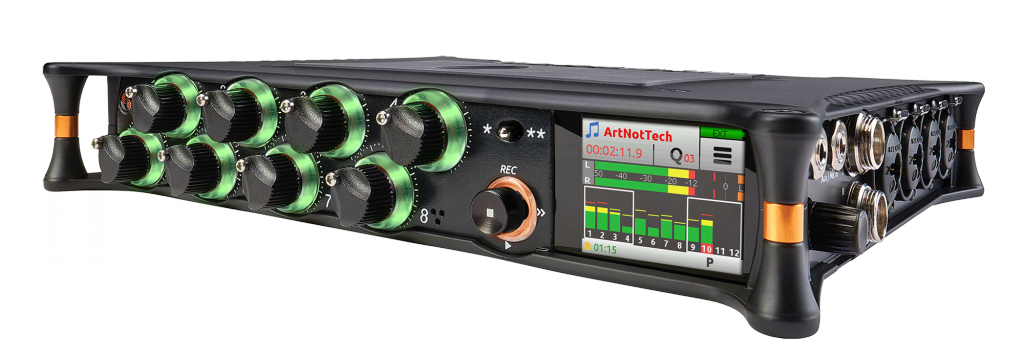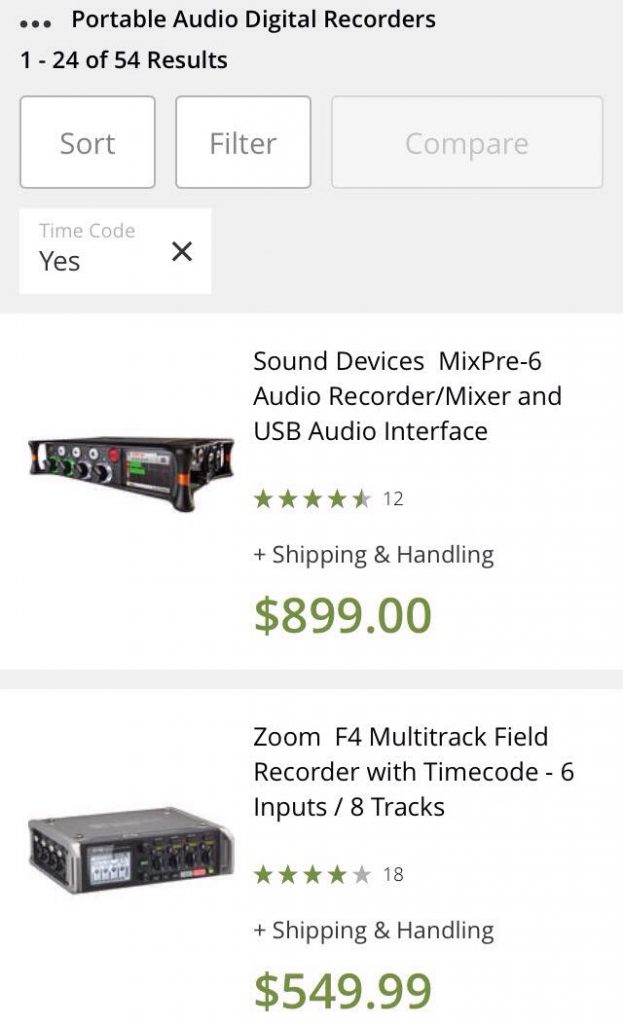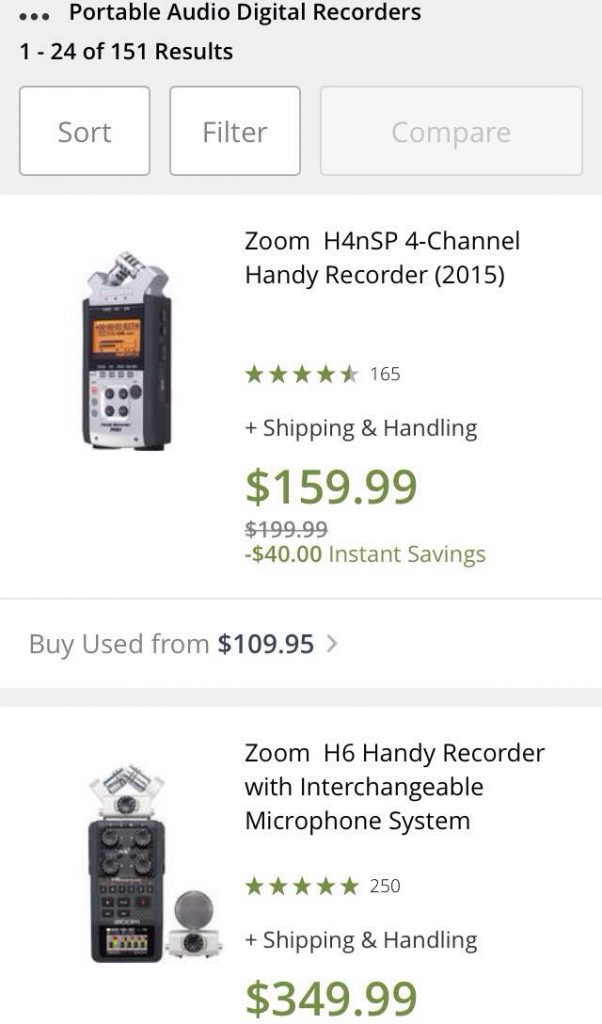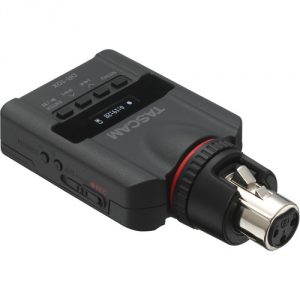A comment on Reddit got me thinking… because the quick and simple answer is: NO!!
I love what Sound Devices is doing now, I love what Sound Devices has done in the past in contributing to film sound’s history, and I wish I could own every product that Sound Devices has ever made! (as it is I own five of their products already)
Yet someone had got a rather different impression of me and what I thought of Sound Devices, and I replied back with what ended up being a rather lengthy and long comment indeed on Reddit! Thus I thought it is worth it spinning off to form this blog post as well.
Here is my response I wrote to him:
Probably also because there is an awful lot of negativity around Zoom, which is totally applicable for their H series but is wrongly justified in attacking their F series. And in the process of my defense I might come of as “too negative” of competing brands.
I believe *ALL* equipment that Sound Devices has made from their first MP-1 to their latest MixPre10T are very very fine machines.
But everything needs to be viewed in the context of their time, and in today’s marketplace vs the competition, and in terms of a person’s needs/wants.
For instance do I think the Sound Devices 552 makes any sense whatsoever to buy at its current brand new price? OH HELL NO!!! (you could buy a 633 for less than the cost of a new 552!) Do I enjoy my 552 that I own myself? Yes I do. Would I recommend anybody buy a 552 secondhand today? (they’re commonly listed for over US$1K, but can be found also for a little under US$1K without too much trouble) Nope! Only in very niche scenarios might it *maybe* make sense (or if you find an utterly crazy bonkers good deal!), I reckon they’re overpriced on eBay vs the options we have today in 2019. But did a 552 make sense for at that point in time those years ago for the price I paid? It certainly did!
I do feel that way about most of Sound Device’s older products: 552/442/744/722/702. They really need to sell at more like half (no, a third!) of their typical going prices before I think they make sense in the context of 2019. As for 9 out of 10 people it makes no sense for them to pay more for a secondhand 744 than it costs to buy a brand new Zoom F8n! Or to pay more for a 702 than a F8 is on sale or secondhand.
A few exceptions (due to their prices on eBay being low enough to still make sense in 2019, but none of these would I be keen to recommend buying full price for in 2019 except maybe the MM1 if you needed it ASAP) which I feel their eBay prices are decent *ish* representation of their true worth might be:
The MM1 (great for a boom op!), MP1 (handy little thing to have in your tool kit), MixPre/MixPreD/302 (useful if you’re still doing a lot of old fashioned directly cabled to camera stuff on small shoots, but still… I’d be inclined to say just get a Zoom F4?), 788T (but it is a tough ask to want to spend double what a new F8n is on a secondhand 788T, however it might make sense for some people. I think it is a close call as to if I should even include the 788T in this category as I still feel the 788T’s eBay price is over inflated, but it is at least a more reasonable proposition than say paying for an overpriced 702 which will fail to even meet the needs of many modern 2019 productions), and 664 (which can be found at a big discount to the price a 664 goes for new, which brand new I feel is too closely priced to the newer 688).Thus what Sound Devices do I feel are worth buying *new* in 2019? Their entire MixPre series of recorders, 633, 688, and 970
But it depends so very very very much on context. Is it a brand new college grad? Then the 970 would be an **awful** choice for him! Or even a 688 would likely be very wrong. While a 633 would be wrong for many one man bands who are operating a camera as well, and should instead be considering a MixPre3 (or MixPre6). As I feel the MixPre3 is a wonderful recorder to pair with a camera such as a Fujifilm X-T3 or Nikon Z6 (or any of the many other popular mirrorless cameras out there to film with)(.
So circling back around to the topic which started this, I’m usually always recommending a Zoom F series recorder if the assumed context is they’re a newly starting out production sound recordist seeking their first ever recorder (or if not their first *first*, it is an upgrade from something way worse like a sub $300 Tascam or a Zoom H series or such).
Because in those scenarios I see the clearly best choices to be starting out with are (in increasing costs): Tascam DR60D (if they’re so dirt broke they’re panhandling on the streets! But if this is true then I think they’ve got bigger problems to consider than “what recorder to buy”), Zoom F4, Zoom F8, Zoom F8n, the “industry standard” Sound Devices 633 (but *only* go with the 633 if their total budget is $15K or *more*, as if you’re going to only go with buying new pro grade “industry standard” kit from the start then you’re going to blow waaaay past that $15K budget)
So in summary, I think all of them are great products which Sound Devices has ever made, but if you’re starting out trying to build a small sound kit then in terms of their price (especially their older products with their still high eBay prices, but is even applicable to their latest line up as well) for many people it doesn’t make sense if you’re wanting to get great value for money for your very small and extremely limited budget compared to the alternatives we’re spoiled with in 2019.
However, I still see it as highly likely I’ll own a 6 series in my near ish future (but I’m waiting to see first if a 2nd generation 6 series product will happen! Such as a “Sound Devices 666”? Haha! But my wild guess is we’ll instead see a new “Sound Devices 8xx” series come out next).
I wrote a couple of other blog posts as well back in 2018 and 2017 which took somewhat of a big picture overlook at what recorders there are to consider:
http://ironfilm.co.nz/most-popular-sound-recorders-on-bh-in-2018/
http://ironfilm.co.nz/which-sound-recorder-to-buy-a-guide-to-various-indie-priced-sound-recorders-in-2017/



